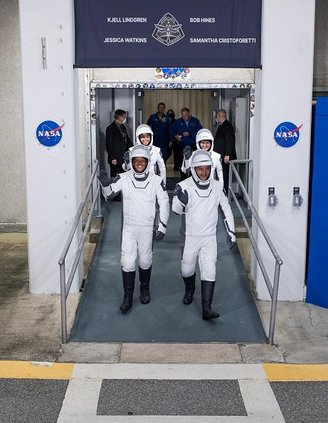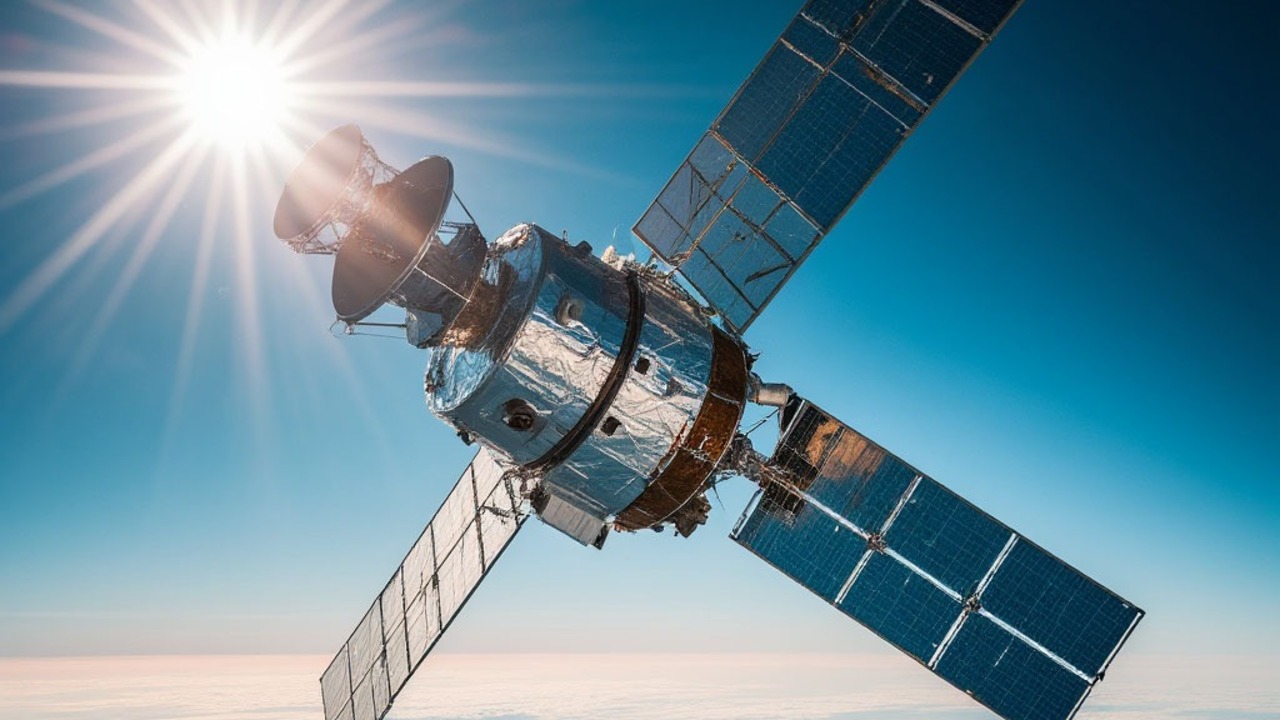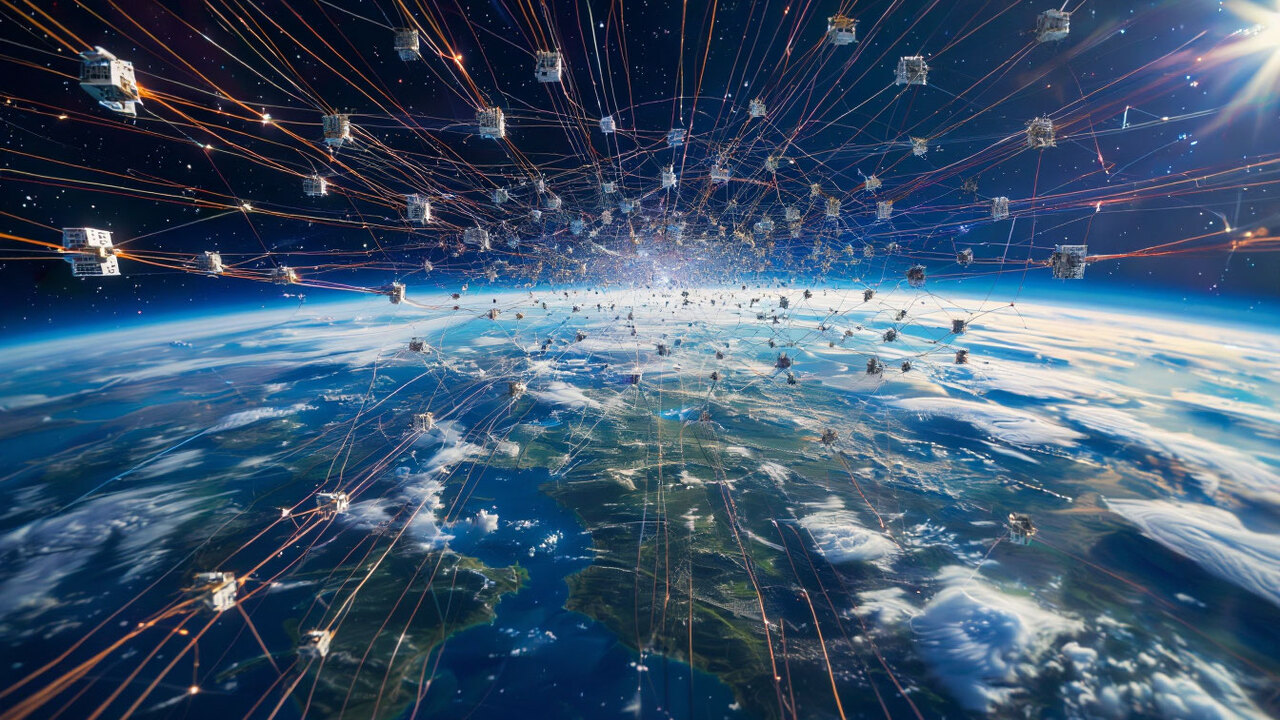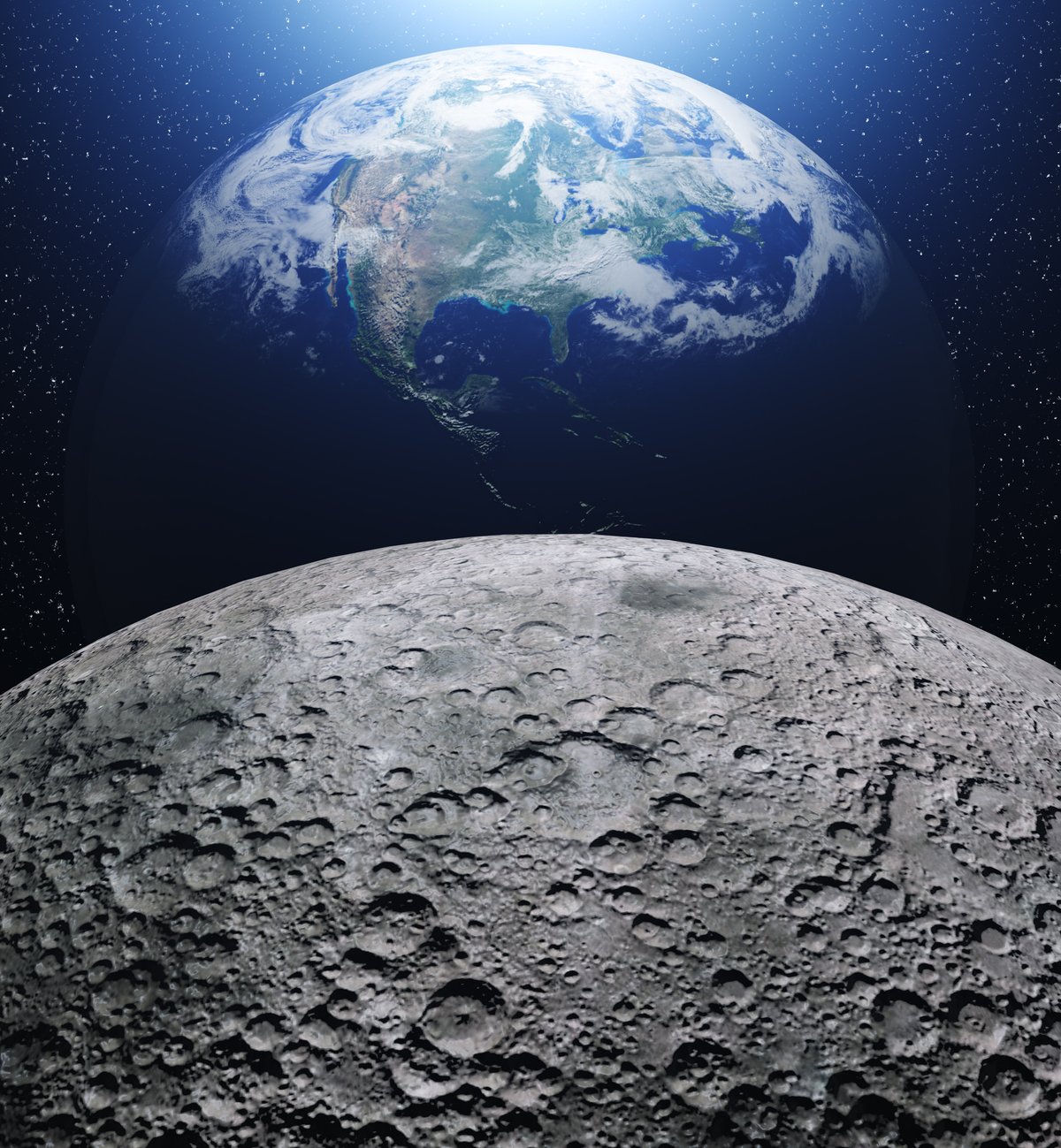Since the April assignment to develop a unified temporal reference system for the Moon, NASA and other North American institutions have been working to accurately convert time between the Earth’s surface (TT), called the center of gravity of the Solar System (TDB), and the Moon’s surface (TL).
Now, a team of researchers from the American space agency’s Jet Propulsion Laboratory (JPL) has presented this number in a study hosted on arXiv, a repository of scientific paper preprints that have not yet been peer-reviewed. According to these scientists, the Moon’s time is 57 millionths of a second (0.0000575) ahead of the Earth.
This is the first time since the Apollo 17 astronauts left the lunar surface on December 14, 1972. Time passed about 1.1 seconds faster on the Moon than on our planet. Although small, this gap is crucial for calibrating synchronized navigation systems for the next manned missions to the Moon.
How do scientists calculate time in the Solar System?
Since Einstein, we have learned that gravity slows down time. but while theoretically correct, in practice the precise measurement of these temporal distortions is poorly developed when it comes to gravitational interactions between the Earth and the Moon. Atomic clocks have only begun to capture such subtleties in the last decade.
Although current models are not specifically designed to measure Einstein’s gravitational time dilation, his extremely precise measurements can be used. to detect infinitesimal differences in gravity that might affect the passage of time.
When measuring the time between the Earth and the Moon, it was essential to take TDB (barycentric dynamical time) as an inertial reference that is not subject to local gravitational effects. The barycenter of the Solar System is the midpoint around which all celestial bodies orbit due to the mutual influence of gravitational forces.
How important is the work of synchronizing the time of the Moon and Earth?

In addition to temporal adjustments, The new study also presented a spatial scale compatible with TDB and Lorentz contraction. According to the study, in Moon-centered positional coordinates (the decrease in length of an object moving at speeds close to the speed of light relative to the observer).
These adjustments have already been built into the JPL programs used to create ephemeris of the Moon and planets. As for synchronization between Earth and lunar time, the new research provides expression for this compromise using both TDB and TT.
Based on calculations of the variable time scale of the Earth and Moon relative to the center of gravity of the solar system, we can now say that: From Earth, the Moon appears to rotate at a rate of 57 millionths of a second per Earth day.“Someone had to sit down and do the math,” celebrates study leader Slava Turyshev, a physicist at JPL.
Stay up to date with astronomy studies on TecMundo. Or take the opportunity to learn how long it takes to travel around Mars.
Source: Tec Mundo
I’m Blaine Morgan, an experienced journalist and writer with over 8 years of experience in the tech industry. My expertise lies in writing about technology news and trends, covering everything from cutting-edge gadgets to emerging software developments. I’ve written for several leading publications including Gadget Onus where I am an author.













